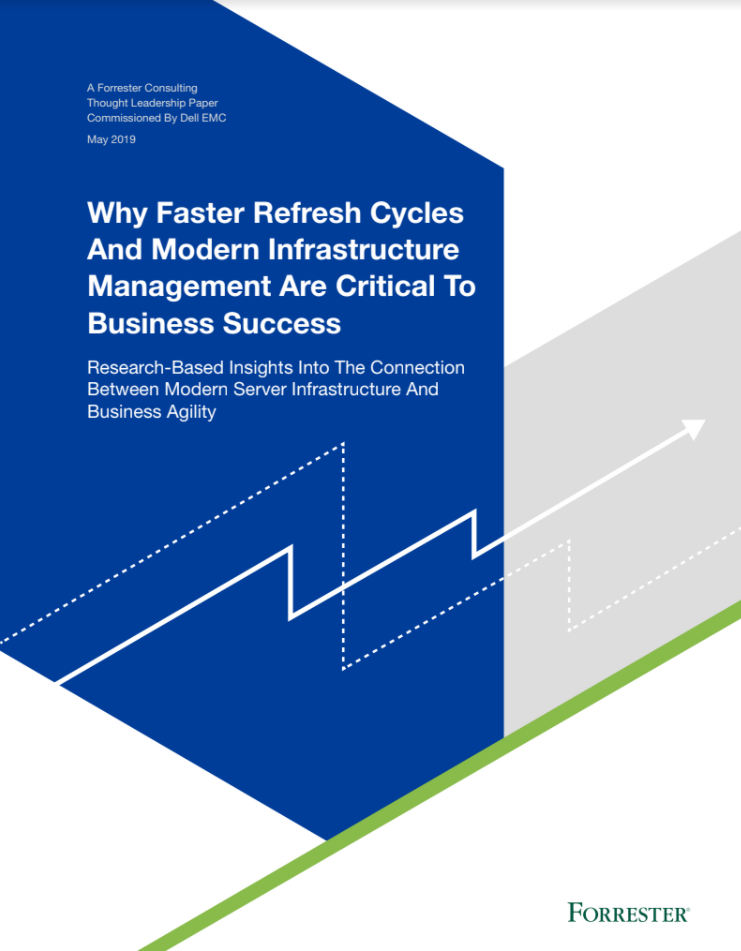What is NetOps?
How can businesses adopt this broad school of thought, and what is its relationship with DevOps?


To many, NetOps may seem like just another tech buzzword, but it is a very important area relevant to a variety of roles, procedures, and protocols within an organisation. From network engineers to app developers, NetOps provides benefits for many in IT.
The term NetOps is short for “network operations”, but this doesn’t tell its whole story. Much like automation and DevOps, or software-defined networking, NetOps involves the skills, people, and tools deployed by an organisation to deliver a network of services for its employees or end users.
It tries to help engineers meet the needs of their business and improve network agility, and involves linking changes in a network with the services and applications as and when they are deployed. This includes analytics, automation, and some cloud-based services to provide a link between the teams that run them and the engineers that fix and maintain them.
What does NetOps entail?
Through NetOps, the traditional barriers that exist between network, operational, and data teams are expected to be overcome by workplace teams. Due to this, any NetOps project must reach beyond the realm of networking.
However, implementing NetOps throughout your business isn’t as simple as turning on a switch and seeing a change happen overnight. Instead, it’s a process made up of small steps, and organisations must take this into account to embrace the ideas behind NetOps. As a result, the process involves making changes to culture and internal structures instead of a quick-fix reorganisation.
Network automation is one of the keys to implementing a change of this nature. In this kind of structure, applications are deployed with constant improvement in mind, and a network needs to support new services and features quickly.
Ordinarily, one team would examine the issue before handing it on to the next, but this is inefficient. Engaging in this process via NetOps could bring the relevant teams together under one umbrella to create an automated process. This will involve the design, documentation, testing and operating processes involved in solving the issue. An automated system would be able to collect diagnostic information the engineers would seek anyway and bring it together in one place.
Get the ITPro daily newsletter
Sign up today and you will receive a free copy of our Future Focus 2025 report - the leading guidance on AI, cybersecurity and other IT challenges as per 700+ senior executives
NetOps vs DevOps - How do they overlap?
Development operations, or DevOps, is commonly defined as a set of practices that combine software development and IT operations to shorten the development cycle when delivering features, fixes, and updates.
RELATED RESOURCE

Why faster refresh cycles and modern infrastructure management are critical to business success
The connection between modern server infrastructure and business agility
The DevOps movement changed the way software engineering was done by borrowing inspiration from the manufacturing industry. Likewise, the world of NetOps has taken inspiration from DevOps, but focuses on transforming networking within an organisation.
DevOps does account for networking, but it isn't a priority indeed, there's something of a natural conflict between the two. Whereas networking prioritises uptime and minimises risk, DevOps adopts a risk-taking and iterative approach.
So while DevOps inspired NetOps, in many ways it was these opposing attitudes that ultimately necessitated the creation of NetOps.

Getting started on a NetOps project
Like in many walks of life, it may often prove more difficult to keep up momentum instead of starting from scratch. You might encounter issues at any stage, from planning and researching your project to the execution. It might be hard for teams to articulate to senior managers the business benefits of carrying out a NetOps project, or they might even find it hard to select which project to pursue in the first place.
While it is difficult to overcome physical and logistical barriers, you may also find cultural barriers to be the most tricky. Fundamental shifts don’t simply happen overnight, though understanding how NetOps can improve your business means taking on a fairly radical transition in the practices and ideas with readers to internal processes.
For many companies starting out, the best option would be to choose a manageable project that allows teams to tentatively explore NetOps without taking on too much risk. One potential candidate is automating troubleshooting, as is using agile development methodologies to develop networking applications. Meanwhile, network abstraction can serve as another viable route. This means removing the physical ties between network components to precede infrastructure virtualisation, in terms of devices and routes, to offer more network flexibility.
After identifying the project you would like to explore, you’re going to have to plan out your entire workflow, with all the tasks this comprises. The NetOps team assigned to the project would have to highlight any bottleneck areas to optimise them, such as areas that might need human interaction, and could lead to slow-down. When these potential pitfalls have been identified, you can then feed automation into the process to make sure it is as efficient as it can be.
The pursuit of a NetOps project doesn't just stop there, however, with teams expected to keep on top of the workflow and everything it entails, with constant tweaks and improvements made to ensure the project is swimming along.
Switching to NetOps
Depending on where you're coming from, moving to NetOps can be quite a radical change for your business. Done correctly though, NetOps can boost productivity, increase collaboration and help businesses embrace new projects, process and technologies as they emerge.
Just like starting from scratch, however, businesses can move as incrementally as possible, rather than a complete cultural overhaul. Progress can still be made, no matter how minute the change.

Keumars Afifi-Sabet is a writer and editor that specialises in public sector, cyber security, and cloud computing. He first joined ITPro as a staff writer in April 2018 and eventually became its Features Editor. Although a regular contributor to other tech sites in the past, these days you will find Keumars on LiveScience, where he runs its Technology section.
-
 Bigger salaries, more burnout: Is the CISO role in crisis?
Bigger salaries, more burnout: Is the CISO role in crisis?In-depth CISOs are more stressed than ever before – but why is this and what can be done?
By Kate O'Flaherty Published
-
 Cheap cyber crime kits can be bought on the dark web for less than $25
Cheap cyber crime kits can be bought on the dark web for less than $25News Research from NordVPN shows phishing kits are now widely available on the dark web and via messaging apps like Telegram, and are often selling for less than $25.
By Emma Woollacott Published
-
 How to empower employees to accelerate emissions reduction
How to empower employees to accelerate emissions reductionin depth With ICT accounting for as much as 3% of global carbon emissions, the same as aviation, the industry needs to increase emissions reduction
By Fleur Doidge Published
-
 Automate personalization with AWS
Automate personalization with AWSWhitepaper How marketers can automate, deliver, and analyze billions of personalized messages and offers per day
By ITPro Published
-
 Worldwide IT spending to grow 4.3% in 2023, with no significant AI impact
Worldwide IT spending to grow 4.3% in 2023, with no significant AI impactNews Spending patterns have changed as companies take an inward focus
By Rory Bathgate Published
-
 Report: Female tech workers disproportionately affected by industry layoffs
Report: Female tech workers disproportionately affected by industry layoffsNews Layoffs continue to strike companies throughout the tech industry, with data showing females in both the UK and US are bearing the brunt of them more so than males
By Ross Kelly Published
-
 How a hyper-automation platform can drive value for your bank
How a hyper-automation platform can drive value for your bankWhitepaper Five ways automated processes can drive revenue and growth
By ITPro Published
-
 How can small businesses cope with inflation?
How can small businesses cope with inflation?Tutorial With high inflation increasing the cost of doing business, how can small businesses weather the storm?
By Sandra Vogel Published
-
 How to deal with inflation while undergoing digital transformation
How to deal with inflation while undergoing digital transformationIn-depth How can organizations stave off inflation while attempting to grow by digitally transforming their businesses?
By Sandra Vogel Published
-
 How businesses can use technology to fight inflation
How businesses can use technology to fight inflationTUTORIAL While technology can’t provide all the answers to fight rising inflation, it can help ease the pain on businesses in the long term
By Sandra Vogel Published